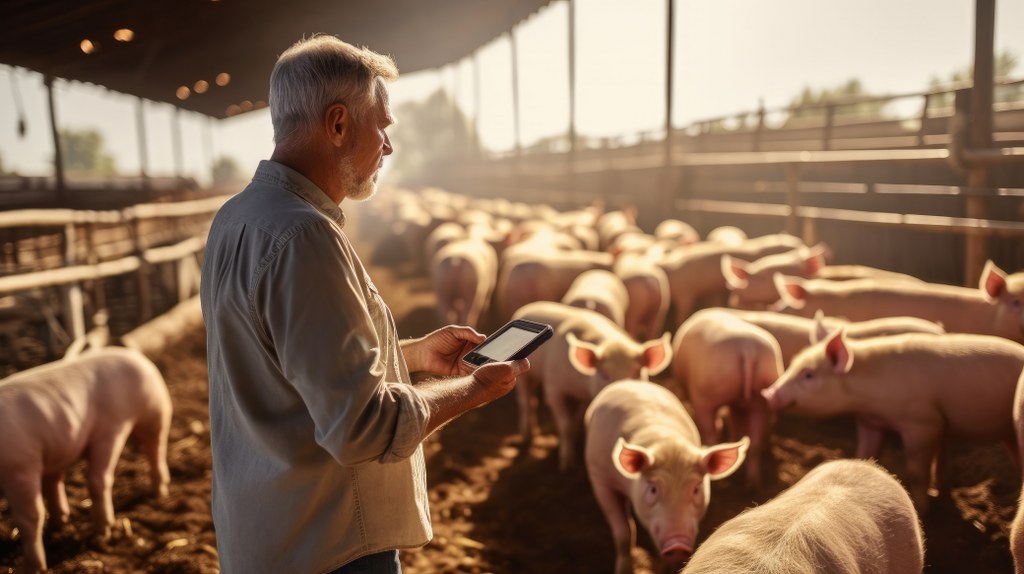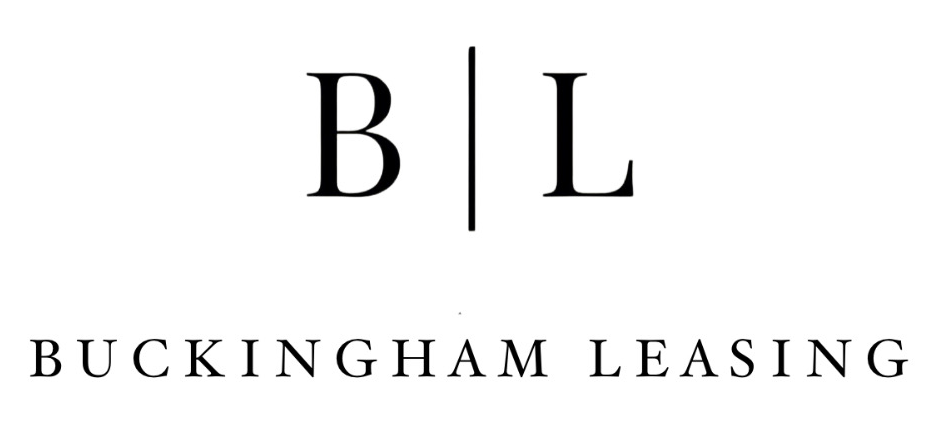Inflation and Agriculture: Farming Through the Squeeze


Inflation might be easing in the headlines — but on the ground, UK farmers know the story is far from over.
Input prices are stubbornly high, selling prices are unpredictable, and the gap between the two is tightening. From the cost of diesel to the price of a pint of milk, farming in 2025 has become a balancing act between resilience and reality.
The question isn’t if costs will rise, but how to keep moving when they do.
The Real Cost of Keeping the Wheels Turning
While national inflation sits around 3.8%, the lived experience in agriculture feels much higher.
Every corner of the farm is feeling it:
Fertiliser prices may have fallen from last year’s peak, but a tonne of ammonium nitrate still costs around £400–£420 — nearly double pre-pandemic levels.
Diesel and red fuel hover near £1.20 per litre, eroding already thin margins with every tank refill.
Feed remains volatile; soya meal trades around £480 per tonne, compared to £340 just two years ago.
Electricity prices, while stabilising, are still up to 25% higher than long-term averages.
And that’s before labour enters the mix. The latest rise in the National Living Wage and employer contributions has pushed payroll costs up by as much as 10% across dairy and arable operations alike.
Selling Prices Aren’t Saving the Day
If costs are up, surely returns should follow — right? Unfortunately, that’s not what’s happening.
Milk is averaging 36p per litre, up slightly from earlier this year, but still far below the 2022 highs that briefly gave the sector breathing room.
Beef and lamb prices have held steady, but margins per head are being eaten away by feed and energy costs.
In arable, wheat has dropped to around £180 per tonne, down sharply from £230 last year.
The imbalance is stark. For many, it feels like inflation is being absorbed entirely on-farm, not passed along the supply chain. Consumers are still paying more at the tills — but that extra cost isn’t landing where the work happens.
Cash Flow and Confidence on the Line
When your costs rise faster than your returns, investment becomes harder to justify — even when it’s badly needed.
Across the UK, farmers are delaying new machinery purchases, holding off on technology upgrades, or stretching ageing kit another season.
But those delays come at a price too. Less efficient machinery means higher fuel use, more downtime, and missed opportunities to improve productivity.
That’s why the smartest farms are rethinking how they fund investment — not whether they invest at all.
A Smarter Way to Finance the Farm
Flexible finance options like leasing and asset refinancing are giving farmers the breathing space they need to keep moving.
Instead of tying up capital in large upfront spends, leasing lets you:
Spread the cost of machinery, vehicles, or equipment over manageable monthly or quarterly payments.
Match repayments to seasonal cash flow, easing the pressure during quieter months.
Access the latest technology sooner — from GPS-guided tractors to energy-efficient milking systems.
Keep liquidity intact, freeing funds for essentials like feed, fertiliser, or wages.
Plan with certainty, thanks to fixed repayment structures that protect against rising interest rates.
For many farms, this approach is the difference between holding steady and moving forward.
The Takeaway
Inflation isn’t just a headline — it’s a daily reality reshaping British agriculture.
Every decision, from replacing machinery to feeding stock, now carries higher stakes and thinner margins.
But in an industry that’s built on resilience, there’s also opportunity.
By using finance strategically — not just reactively — farmers can protect cash flow, invest in efficiency, and stay one step ahead of the next market shift.
At Buckingham Leasing, we’re proud to support UK farms with finance that fits the times — practical, flexible, and built to keep the wheels turning, whatever the market throws next.
